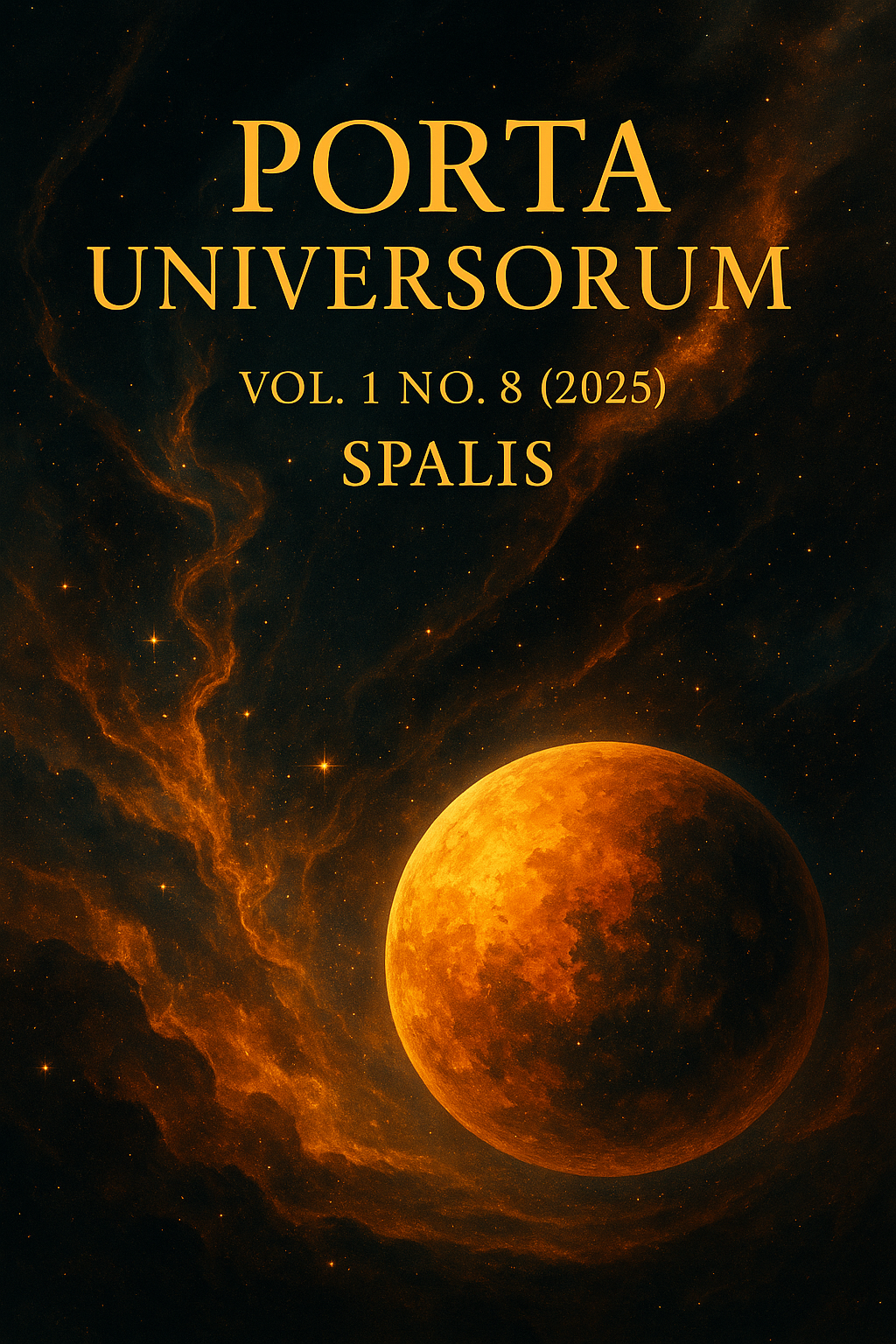XIX Century World Fine Arts: From Classicism to Modernism
DOI:
https://doi.org/10.69760/portuni.0108008Keywords:
fine arts, Neoclassicism, Romanticism, Realism, Impressionism and SymbolismAbstract
XIX century represents a transformative epoch in the history of world fine arts, marking the decisive transition from the disciplined rationality of Classicism to the expressive freedom of Modernism. This period reflected the profound social, political, and philosophical shifts of an industrializing and increasingly globalized world. Artists began to challenge traditional hierarchies of beauty, truth, and representation, moving away from idealized forms toward explorations of emotion, perception, and individuality.
Through successive movements—Neoclassicism, Romanticism, Realism, Impressionism, and Symbolism—art became a mirror of modern consciousness, capturing the complexity, uncertainty, and dynamism of contemporary life. The democratization of artistic production, the rise of the independent artist, and cross-cultural exchanges expanded the boundaries of artistic creation and interpretation.
Ultimately, the 19th century laid the intellectual and aesthetic foundations of Modernism by redefining art as a medium of personal vision rather than imitation. It was an age of both continuity and rupture, where the ideals of the past coexisted with the impulses of innovation. In bridging the classical and the modern, the century forged a new artistic language—one that continues to shape global visual culture and the evolving quest for meaning in art today.
References
Babayev, J. (2024). Usage Sphere and Recognition Rate of Vulgarisms. Global Spectrum of Research and Humanities, 1(2), 49-54.
Садыхова, С. Н. (2017). ЖАНРОВЫЕ ОСОБЕННОСТИ ТВОРЧЕСТВА АЗЕРБАЙДЖАНСКОГО ХУДОЖНИКА ГУСЕЙНА АЛИЕВА. Декоративное искусство и предметно-пространственная среда. Вестник РГХПУ им. СГ Строганова, (1), 459-465.
Clark, T. J. (1985). The Painting of Modern Life: Paris in the Art of Manet and His Followers. Princeton University Press.
Gombrich, E. H. (1995). The Story of Art (16th ed.). Phaidon Press.
Honour, H. (1981). Neoclassicism. Penguin Books.
Javid, B., & Sadikhova, S. (2025, May). Culturonyms in Food and Drink: How Language Reflects Cultural Identity Through Cuisine. In Publisher. agency: Proceedings of the 10th International Scientific Conference «Modern scientific technology»(May 29-30, 2025). Stockholm, Sweden (p. 346).
Namig, S. S. (2015). Unforgettable Azerbaijani painter Huseyn Aliyev. Проблемы современной науки и образования, (12 (42)), 240-243.
Nochlin, L. (1971). Realism and Tradition in Art, 1848–1900. Harper & Row.
Sadikhova, S., & Babayev, J. (2025). Linguistic Analysis of Art Terms in English. Porta Universorum, 1(3), 214-223.
Sadikhova, S., & Babayev, J. (2025). Challenges Encountered in Translation of Culture-bound and Subject-specific Terminology While Using Google Translate. EuroGlobal Journal of Linguistics and Language Education, 2(3), 119-126.
SADIKHOVA, S. (2022). NATIONAL PATTERN ELEMENTS ON THE CARPETS OF PEOPLE'S ARTIST OF AZERBAIJAN KAMIL ALIYEV. ANNALI D’ITALIA Учредители: Global Science Center LP,(29), 3-6.
Sadikhova, S. (2023). MANNERISM IN ITALIAN ART IN XVI-XVII CENTURIES. Norwegian Journal of development of the International Science No, 120, 15.
Sadikhova, S. (2024). Contrasting Splendor: A Comparative Study of Baroque and Classical Styles in Visual Arts. Acta Globalis Humanitatis et Linguarum, 1(2), 144-154.
Sadikhova, S. (2025). Culturonyms in Fashion Discourse: A Linguistic and cultural Perspective. Acta Globalis Humanitatis et Linguarum, 2(4), 319-331.
Tinterow, G., & Loyrette, H. (1994). Origins of Impressionism. The Metropolitan Museum of Art.
Downloads
Published
Issue
Section
License
Copyright (c) 2025 Porta Universorum

This work is licensed under a Creative Commons Attribution-NonCommercial 4.0 International License.
License Terms
All articles published in Porta Universorum are licensed under the Creative Commons Attribution–NonCommercial 4.0 International License (CC BY-NC 4.0). This license permits:
-
Sharing (copying and redistributing the material in any medium or format),
-
Adapting (remixing, transforming, and building upon the material),
-
for non-commercial purposes only,
-
with proper attribution to the original author(s) and source.
Commercial use of the material is not permitted without prior written permission from the publisher.




